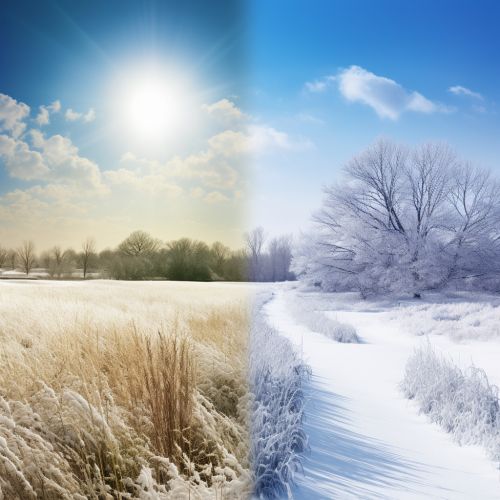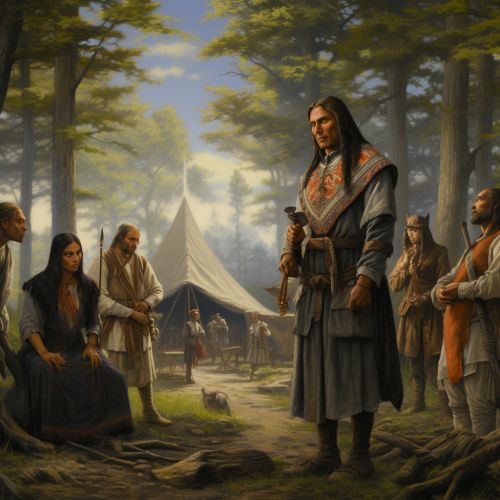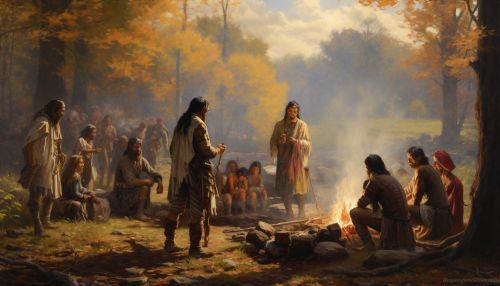Illinois
Geography
Illinois is located in the Midwestern region of the United States, and is the 25th largest land area of all U.S. states. The state's northern border with Wisconsin is marked by the Mississippi River, while its eastern border with Indiana is defined by the Wabash River. The southern border with Kentucky is marked by the Ohio River. The western border with Missouri and Iowa is defined by the Mississippi River. The state's highest point is Charles Mound, at 1,235 feet above sea level, and the lowest point is at the confluence of the Mississippi River and Ohio River, at 279 feet above sea level.


Climate
Illinois has a diverse climate, with a humid continental climate in the north and a humid subtropical climate in the south. The state experiences hot, humid summers and cold winters. The average annual temperature varies from around 50 degrees Fahrenheit in the northern part of the state to around 60 degrees Fahrenheit in the south. Precipitation is fairly evenly distributed throughout the year, with the wettest month typically being June. The state is prone to both severe winter storms and summer thunderstorms.


History
The history of Illinois can be traced back to the Native American tribes that inhabited the area before European exploration. The first Europeans to visit Illinois were the French explorers Louis Jolliet and Jacques Marquette in 1673. The area was part of the French empire until 1763, when it was ceded to the British. The area became part of the United States in 1783, following the American Revolutionary War. Illinois achieved statehood on December 3, 1818.


Economy
The economy of Illinois is one of the most diverse in the United States, with a gross state product of $860 billion in 2018. The state's economy is driven by a variety of industries, including agriculture, manufacturing, services, and energy. Illinois is a leading producer of soybeans, corn, and swine. The state is also home to many Fortune 500 companies, including Boeing, State Farm, and Walgreens.


Demographics
As of 2020, the population of Illinois was estimated to be around 12.7 million people. The state is ethnically diverse, with a large number of White, African American, Hispanic, and Asian residents. The largest city in the state is Chicago, which is the third most populous city in the United States. Other major cities include Aurora, Rockford, Joliet, and Naperville.


Education
Illinois has a strong education system, with a variety of public and private institutions. The state's public school system is one of the largest in the country, serving over 2 million students. The state is also home to several prestigious universities, including the University of Illinois, Northwestern University, and the University of Chicago.


Culture
Illinois has a rich cultural history, with influences from Native American, French, British, and American traditions. The state is known for its music, particularly blues and jazz, as well as its cuisine, which includes deep-dish pizza and Chicago-style hot dogs. Illinois is also home to several professional sports teams, including the Chicago Bears, Chicago Cubs, and Chicago Bulls.


See Also
References
1. "Illinois." World Book Encyclopedia. 2018. 2. "Illinois." U.S. Census Bureau. 2020. 3. "Illinois." U.S. Department of Agriculture. 2018. 4. "Illinois." U.S. Department of Education. 2018.
